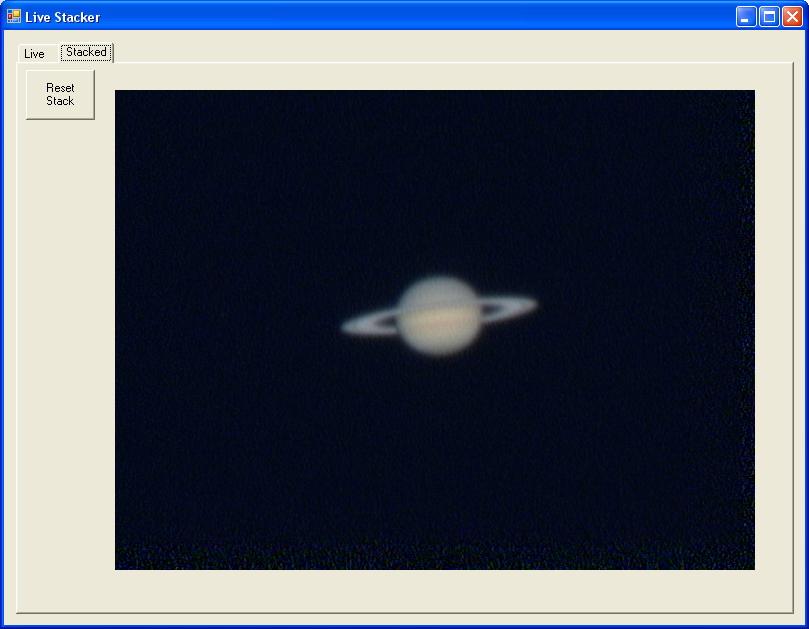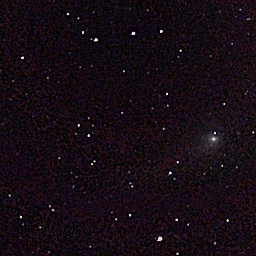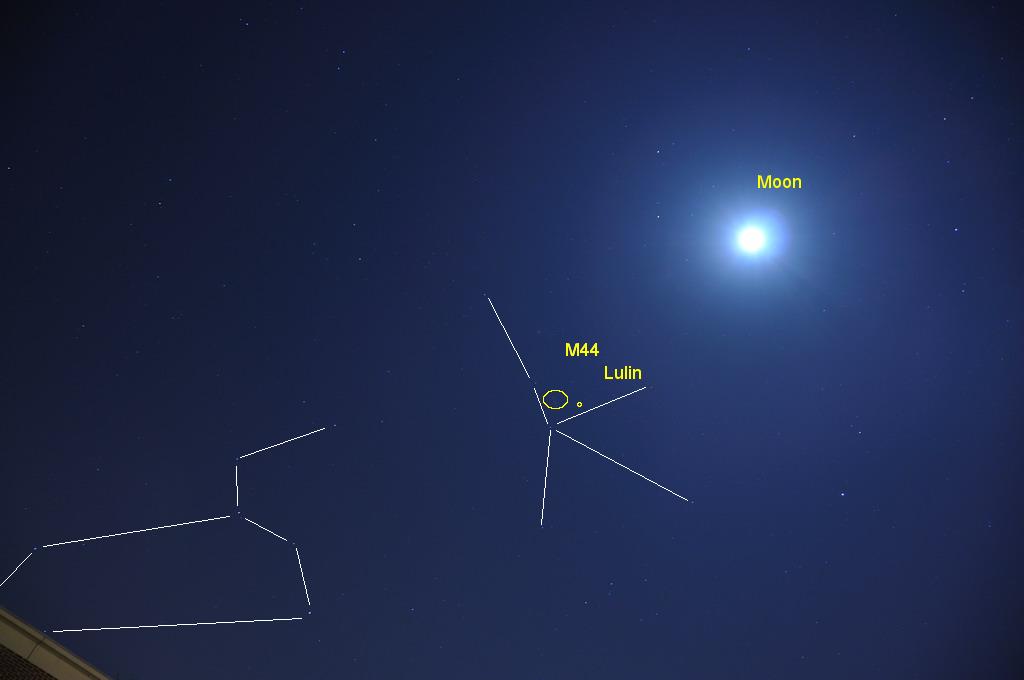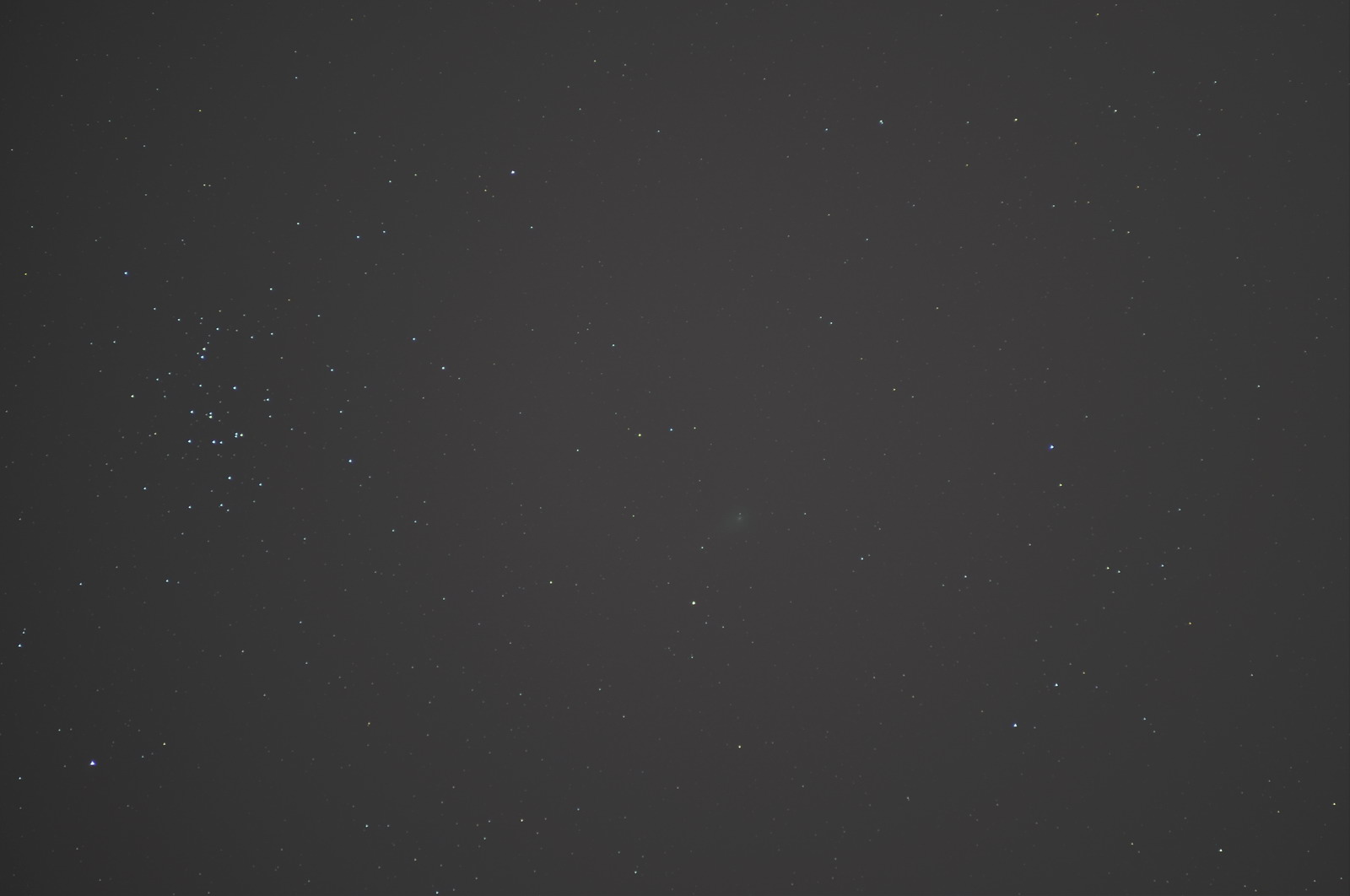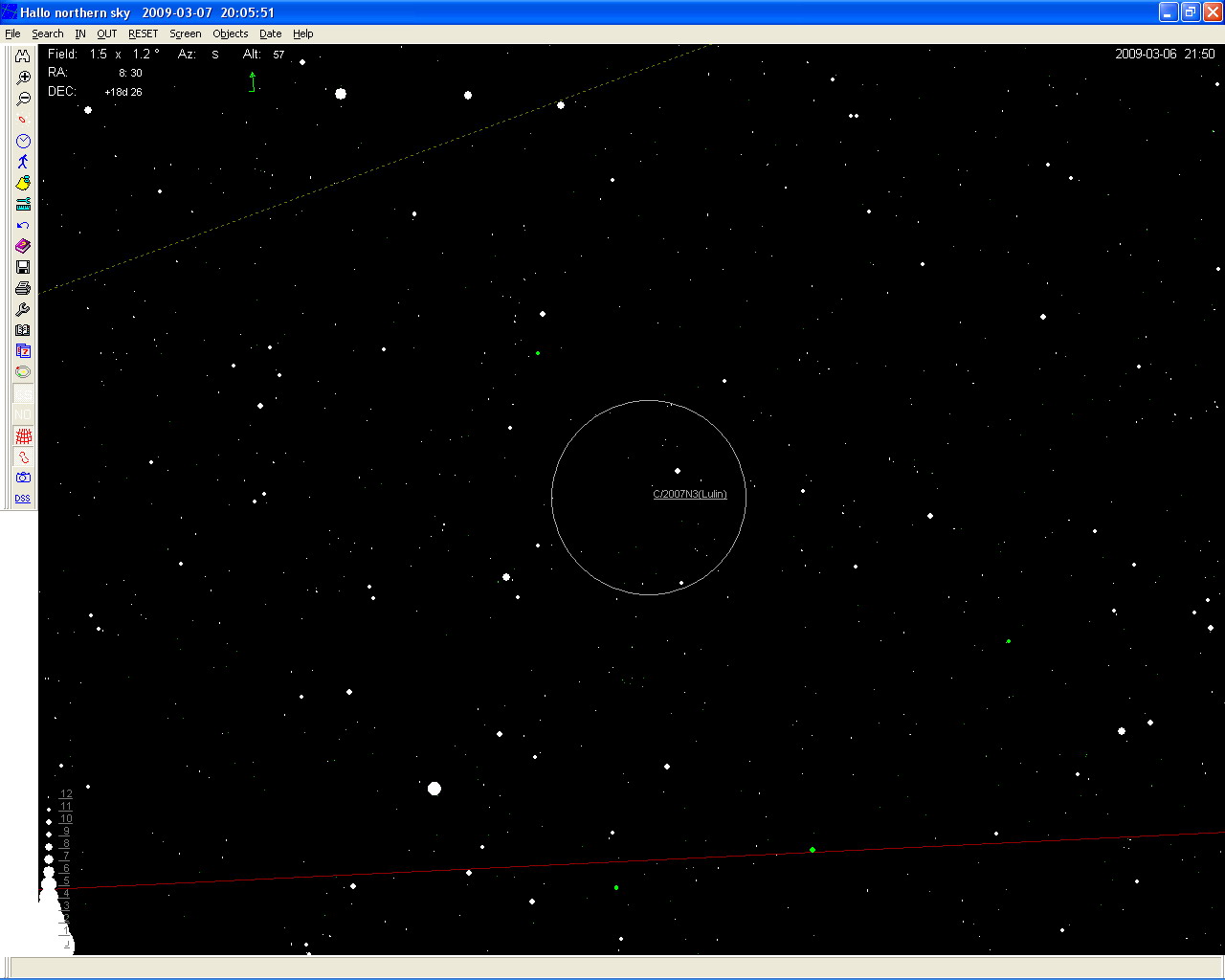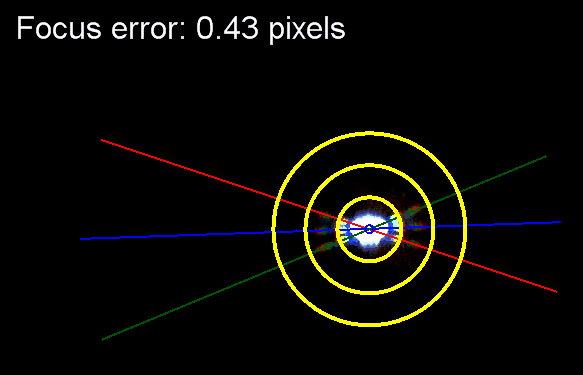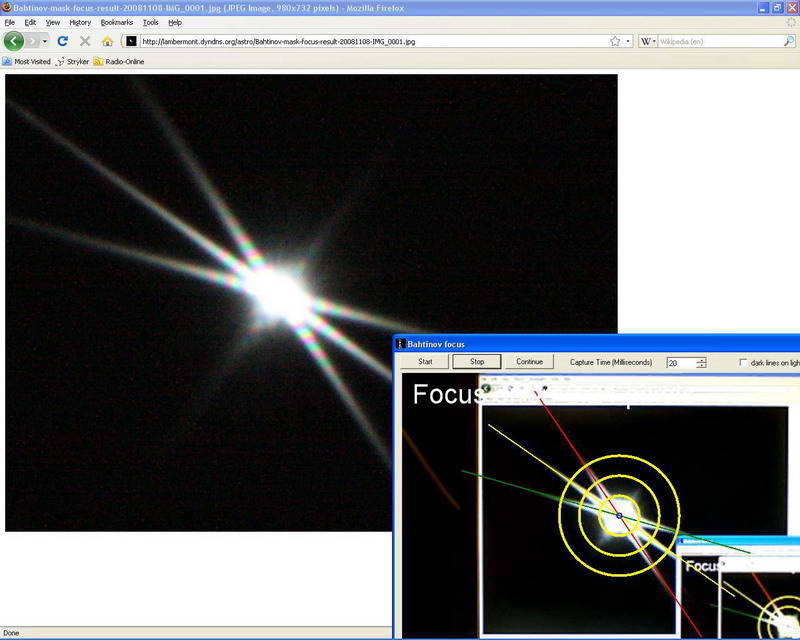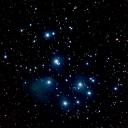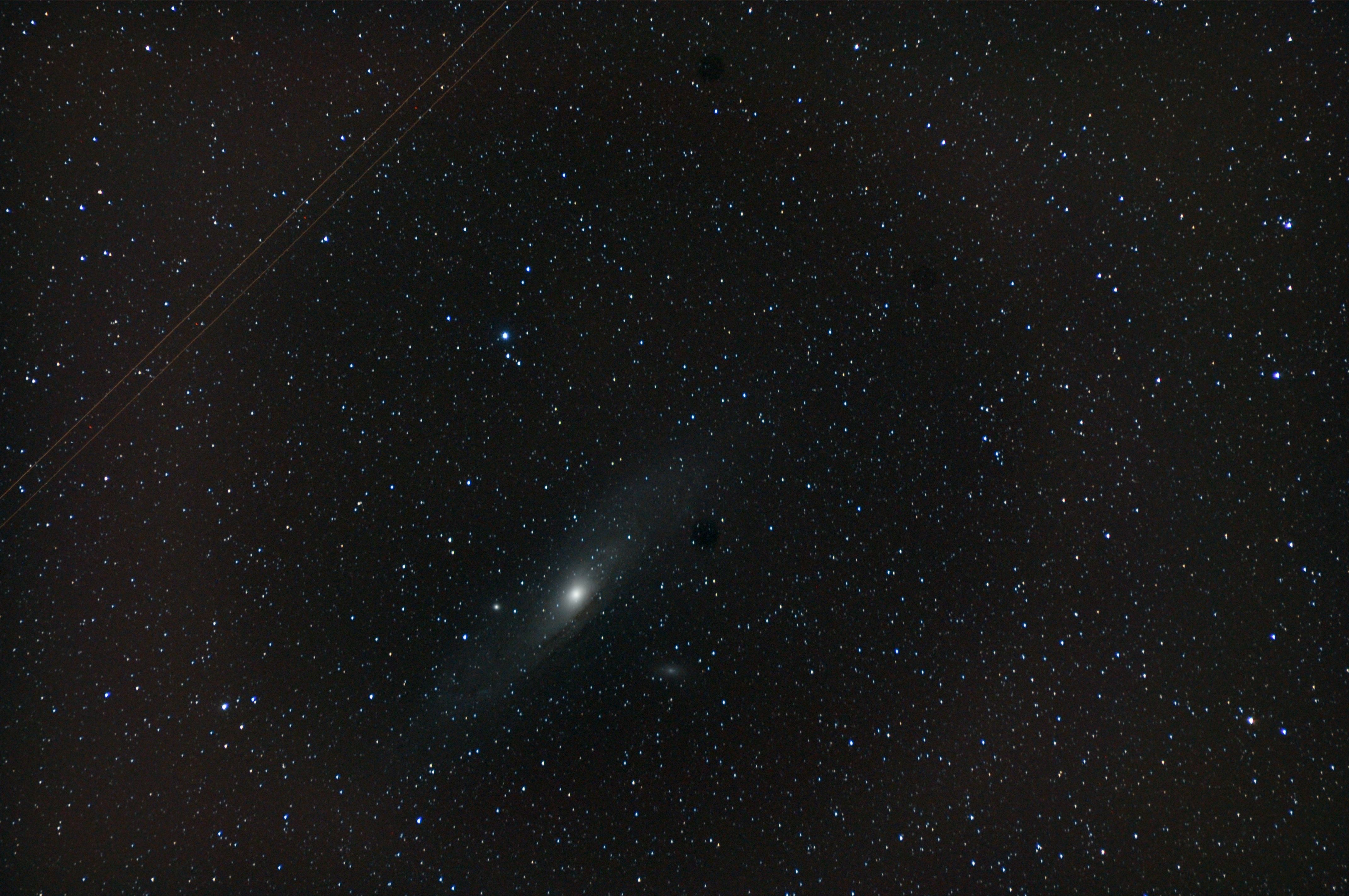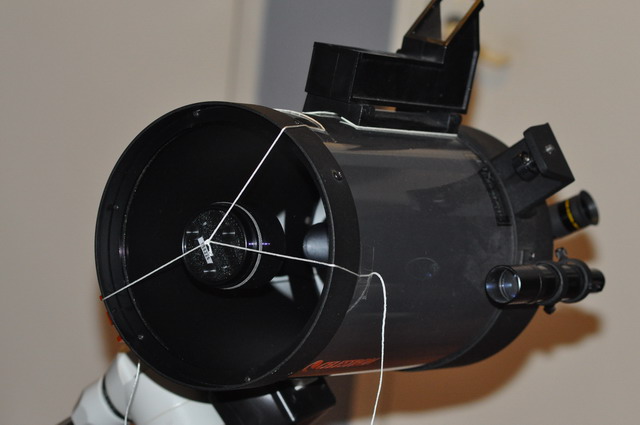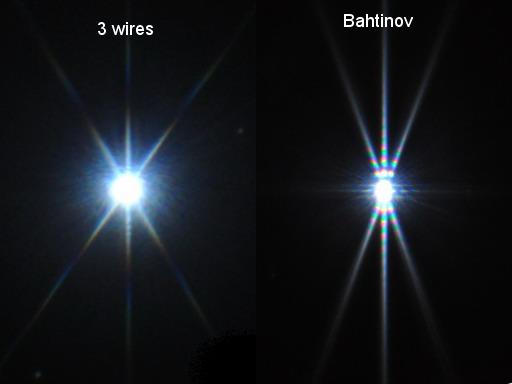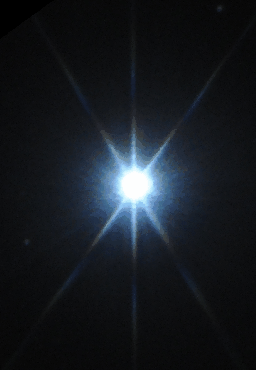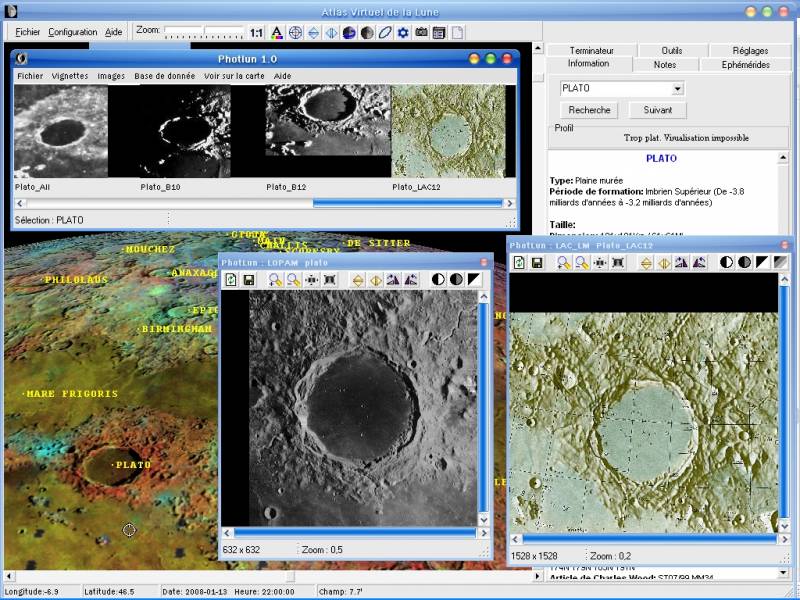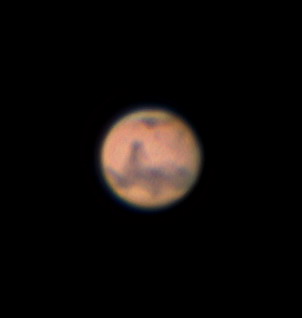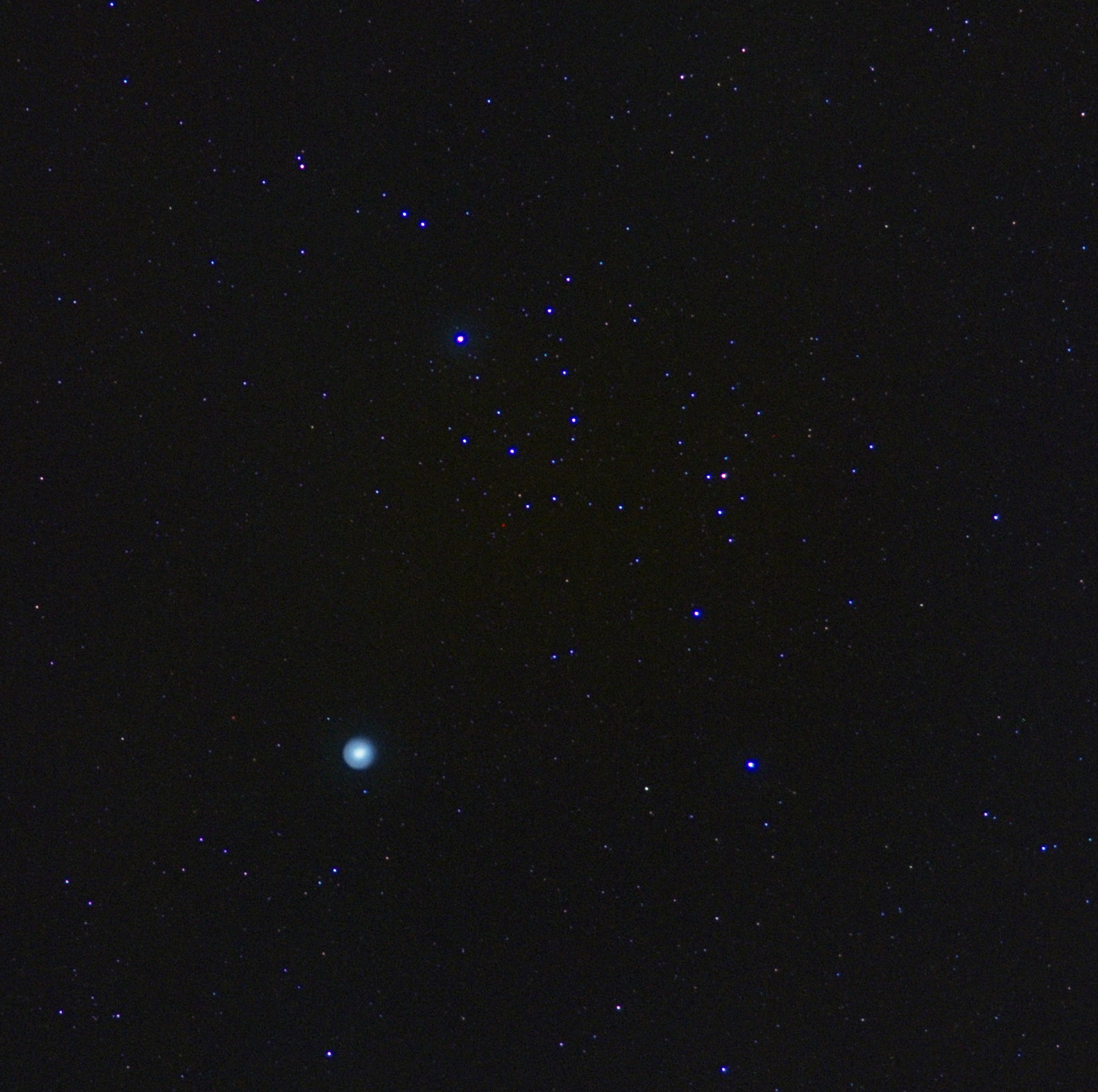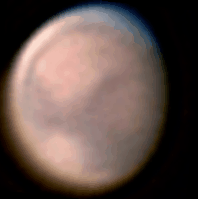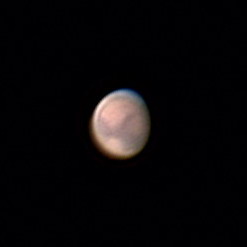Just like Registax, but live this time. How does it work?
- acquire images via webcam (I use the Philips Toucam 840k, 640×480 mode).
- center images based on the “center of mass” of the image or register the new image via “phase correlation” to the first in stack
In case of center of mass: set the threshold slider above noise level and the image will be centered on its center of mass. This works for a planet or star image, not for images showing only part of the moon.
- a stack of 16 images is kept, but larger and smaller stacks can be selected
- the sharpness of each incoming image is measured (variance/mean brightness)
- if the “sharpness” exceeds that of any of the images in the stack, the least sharp image is replaced with the new image
- the “live” tab shows the incoming frames, the “stacked” tab shows the average of the images in the stack
As more time passes, hopefully sharper and sharper images will be acquired, resulting in a sharper stacked image.
release.zip
This software was made on .NET, so you will need the .NET framework as well if not already installed.
Screenshots:

